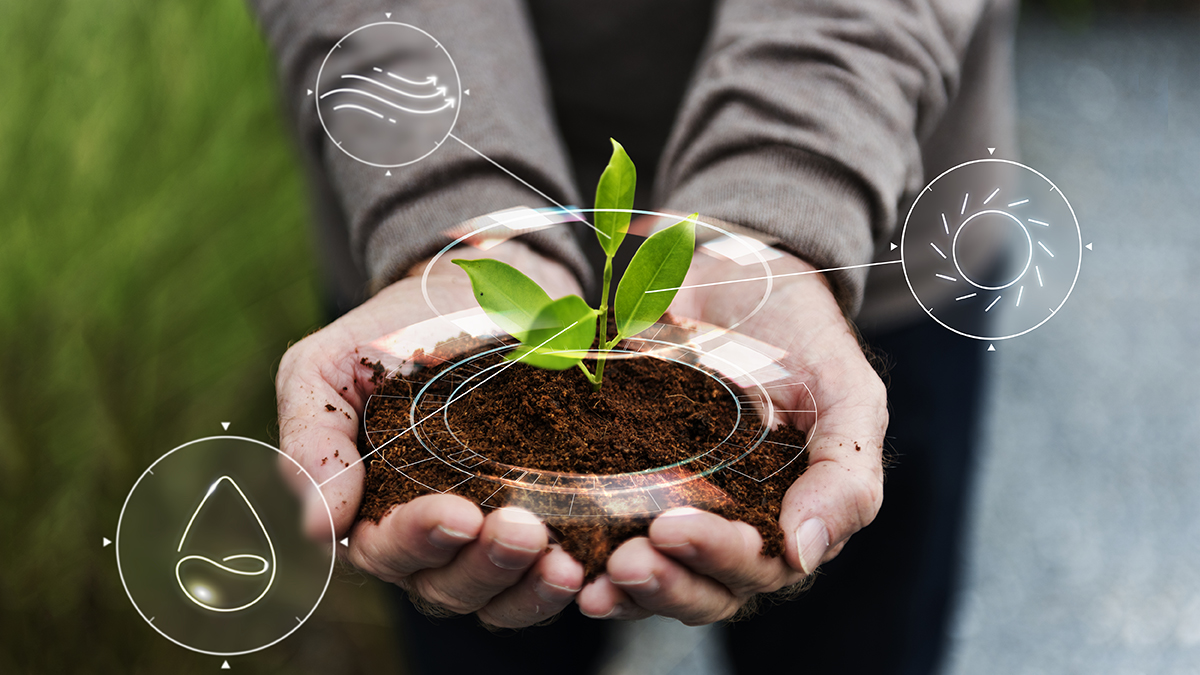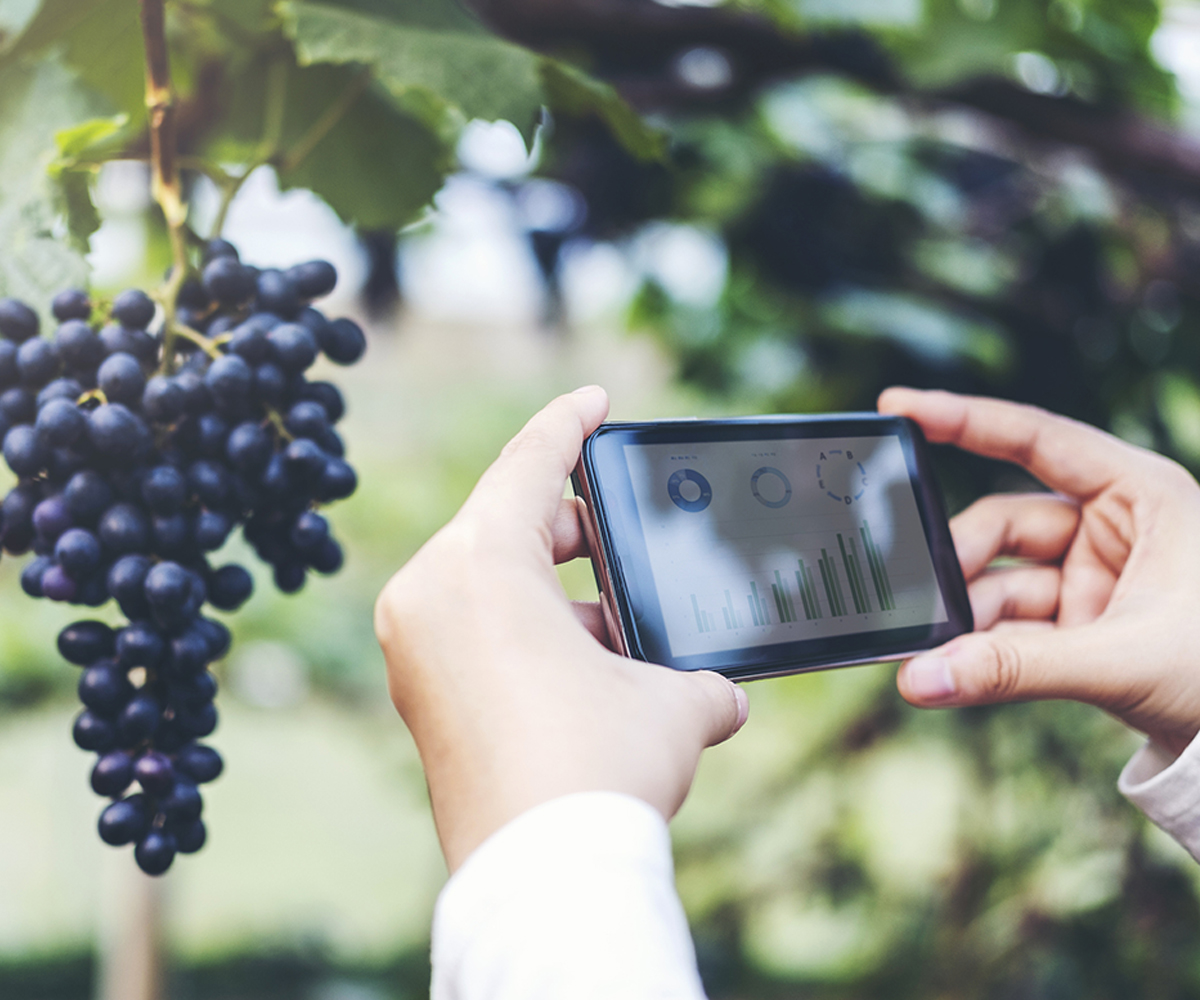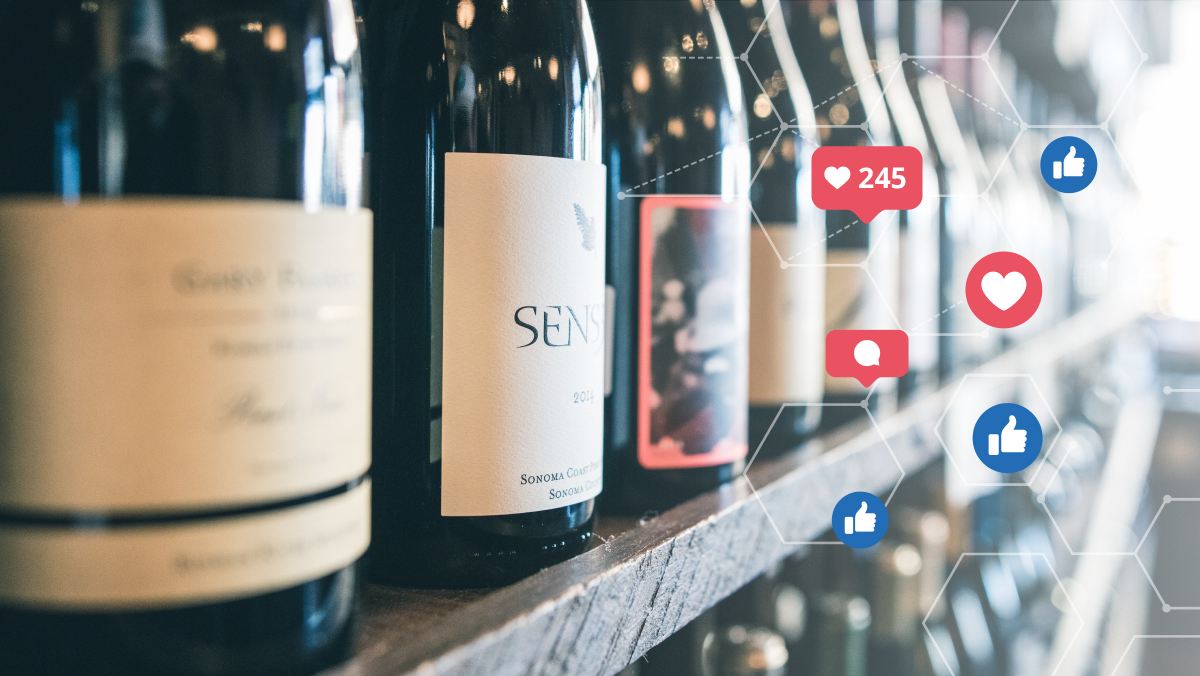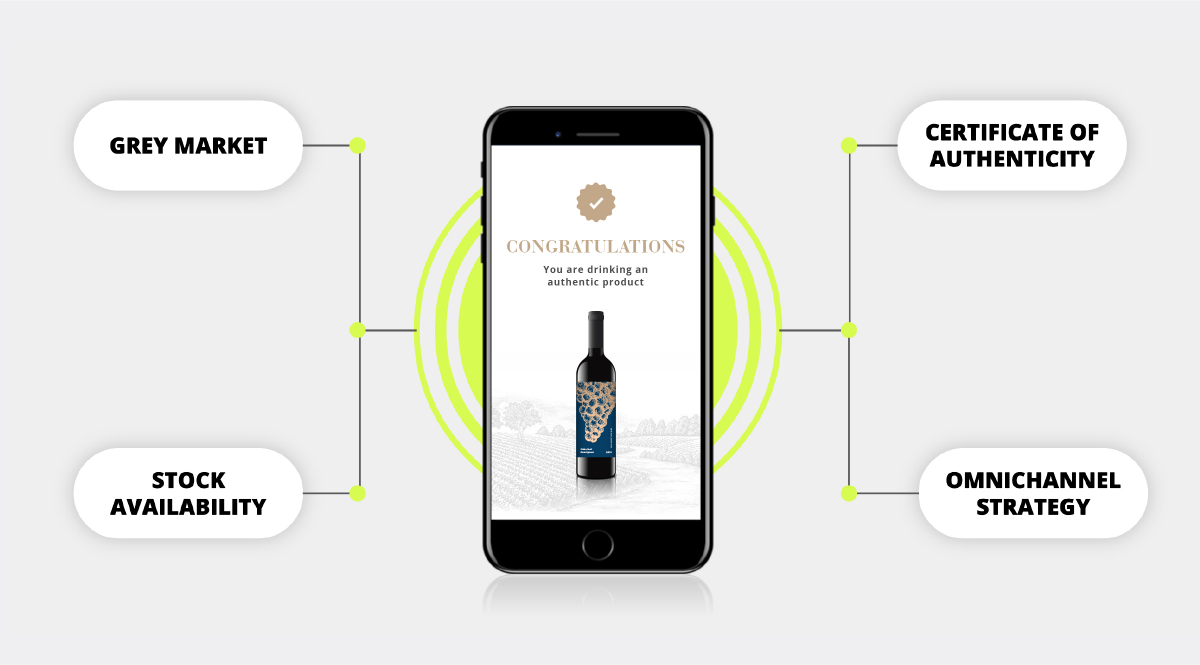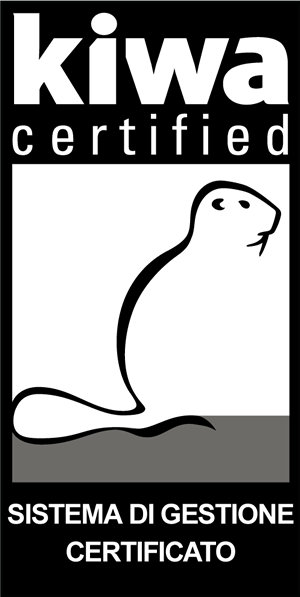Italy can count itself as one of the most fascinating, magical countries in the world, loved and chosen by thousands of tourists who decide to visit the beautiful country each year to enjoy breathtaking views, places of great historical and cultural importance, and find the perfect combination of sea, mountains, culture and agri-food delicacies.
If there is another thing besides the beauty of the landscapes and architecture for which our land holds a particular fascination and makes it famous throughout the world, it is undoubtedly the agri-food industry, one of Italy’s prized assets.
Not only is the Italian beverage and food sector a manufacturing and economic sector of great importance, but it is also a symbol and a brand that is renowned in all countries throughout the world, seen as a benchmark for fine cuisine and all that goes with it.
It is just because this is such a key sector in our country, a source of pride that is held in high esteem worldwide, that solutions need to be adopted to improve and boost the level of quality in the sector so that in the future it can be allowed to become an even more pronounced and more robust symbol of excellence than it already is.
Over the years, a great deal of attention has been placed on the various issues involved in optimising all processes that involve any food items and which, together, characterise products bearing the Made in Italy mark.
Careful controls of the entire production process enable us to benefit from a finished product that meets the high standards that distinguish our products to perfection, thus allowing us to export the Italian brand and quality in the best possible manner.
The continual development of technology, which is now an integral part of our lives, has generated manifold advantages in this respect, with new production methods replacing traditional ones and increased the workload that can be carried out.
Technology has now managed to occupy a key position even in the agri-food sector, gradually leading to the emergence of the contemporary agriculture 4.0. The arrival of new technological systems in the world of agriculture and agri-food production, with increasingly advanced machinery, allows producers to increase production, but not only in terms of quantity, but also in terms of quality.
Advanced systems now make it possible to control each single action in the production process step by step, from the comfort of any location, at any time, in a manner that may be termed fully smart.
This interconnection of technological systems based on IoT, or the Internet of Things, which is an ally in the improvement in almost all aspects of the agri-food sector, is able to elevate the quality of Italian products, taking Made in Italy to another level.
https://temera.it/en/technologies/iot.html
